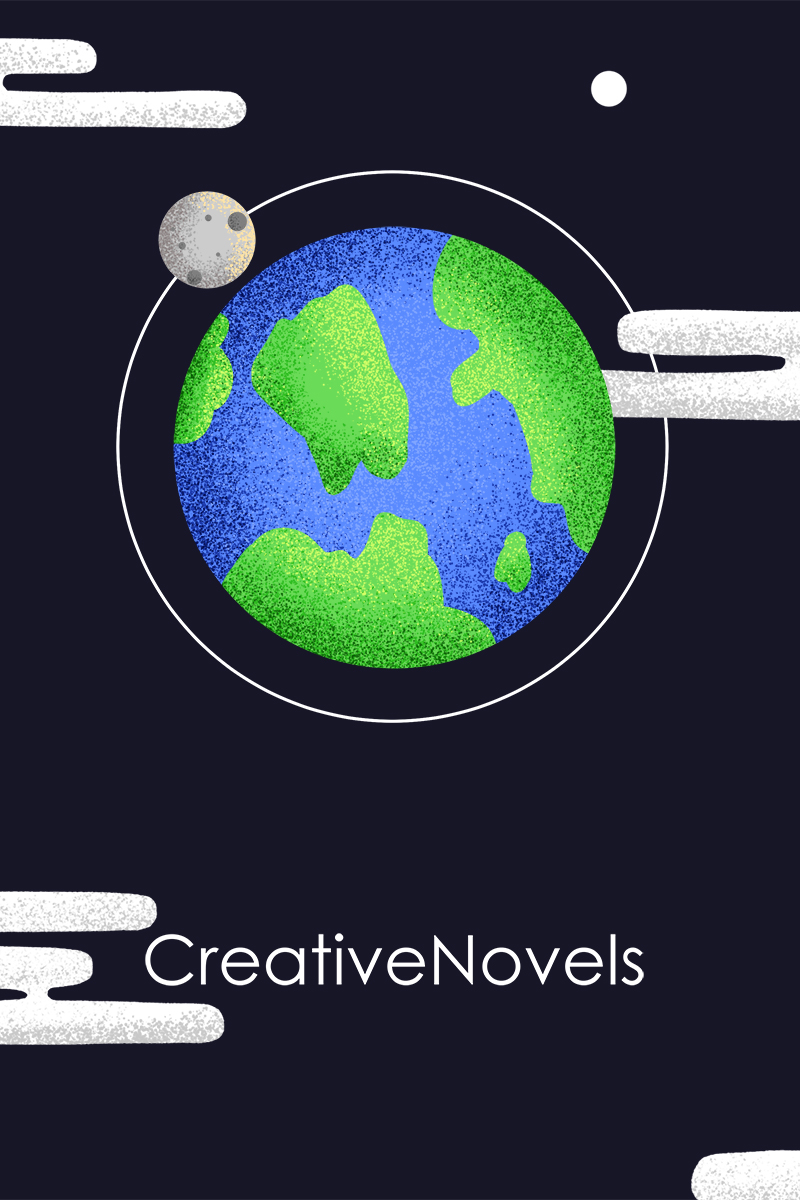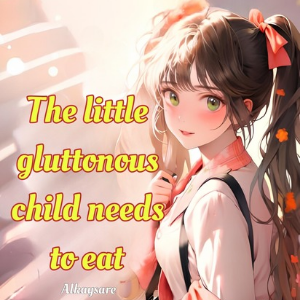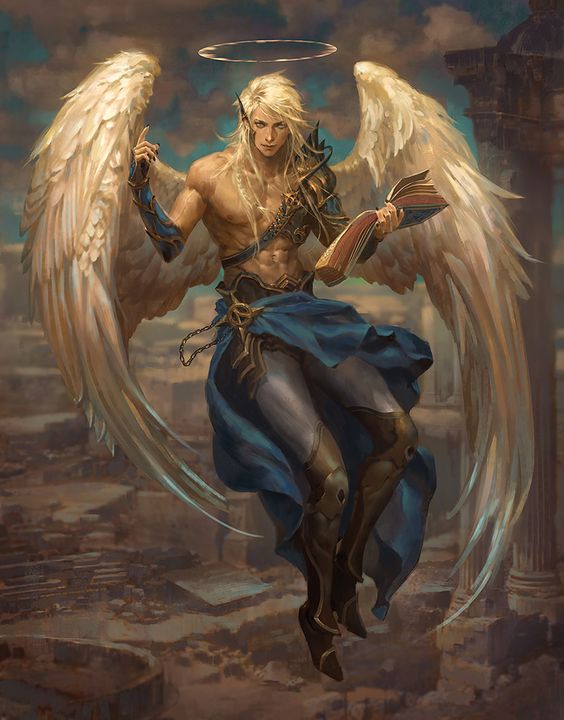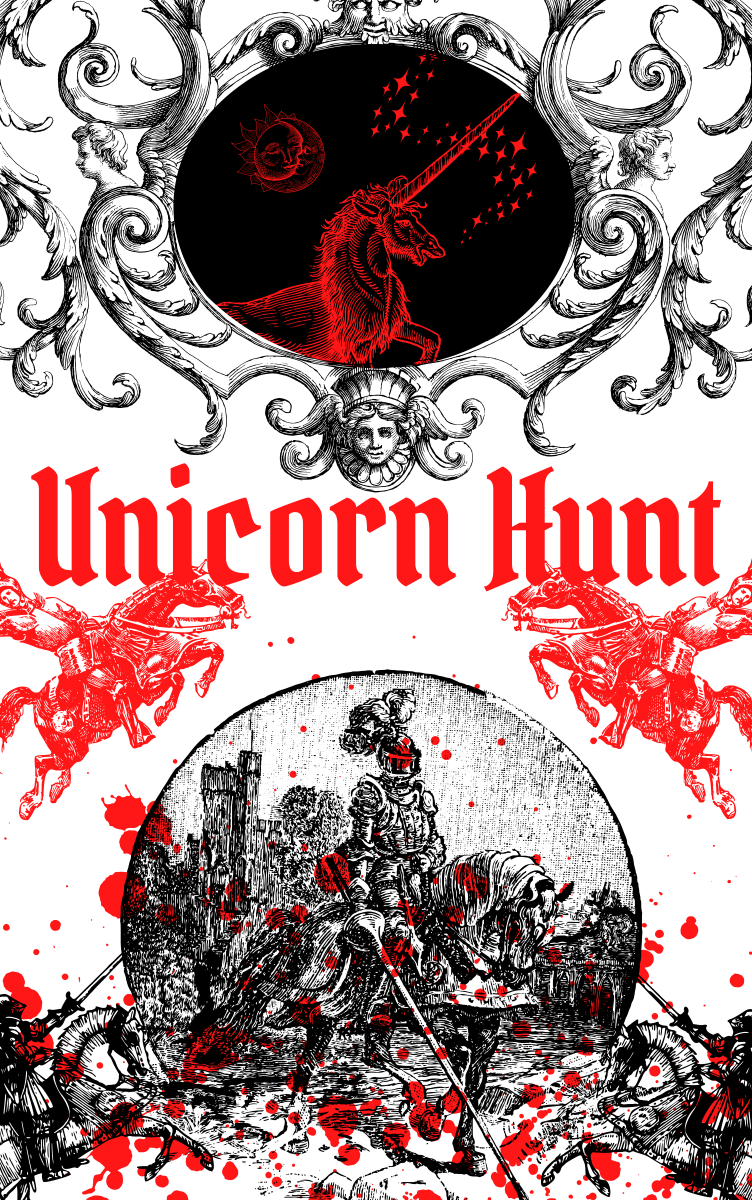As the battle were on going. Crowia Race was still working on the matter of improving their land and improving their daily life quality.
With their earned money of daily 100 Ether Stones. they have been buying many things from to Void Market. most of the time simplistic materials. wood and iron. some of foods and some of the batteries and many other small thing.
Right now. they have built more than 100 Houses using wood and iron. with the Ether Stone income. there is not much of problem when it comes to buying power.
The Crowia Island was had 100 Wooden Houses and ten different principal houses.
These are
1 “Main Lord Castle”
Crowen right now is “Lord” Crowia Race. His home is Main Lord Castle.
Lord is an appellation for a person or deity who has authority, control, or power over others, acting as a master, a chief, or a ruler. The appellation can also denote certain persons who hold a title of the peerage in the United Kingdom, or are entitled to courtesy titles. The collective “Lords” can refer to a group or body of peers.
2 “Main Energy Center”
Energy Center is responsible from producing energy and finding sources of energy.
For the time being no personel is paid with Ether Stones. after some time every Crowia Member will be paid just not for now.
In physics, energy is the quantitative property that must be transferred to a body or physical system to perform work on the body, or to heat it. Energy is a conserved quantity; the law of conservation of energy states that energy can be converted in form, but not created or destroyed. The unit of measurement in the International System of Units (SI) of energy is the joule, which is the energy transferred to an object by the work of moving it a distance of one metre against a force of one newton.
Common forms of energy include the kinetic energy of a moving object, the potential energy stored by an object’s position in a force field (gravitational, electric or magnetic), the elastic energy stored by stretching solid objects, the chemical energy released when a fuel burns, the radiant energy carried by light, and the thermal energy due to an object’s temperature.
Mass and energy are closely related. Due to mass–energy equivalence, any object that has mass when stationary (called rest mass) also has an equivalent amount of energy whose form is called rest energy, and any additional energy (of any form) acquired by the object above that rest energy will increase the object’s total mass just as it increases its total energy. For example, after heating an object, its increase in energy could in principle be measured as a small increase in mass, with a sensitive enough scale.
Living organisms require energy to stay alive, such as the energy humans get from food and oxygen. Human civilization requires energy to function, which it gets from energy resources such as fossil fuels, nuclear fuel, or renewable energy. The processes of Earth’s climate and ecosystem are driven by the radiant energy Earth receives from the Sun and the geothermal energy contained within the earth
3 “Main Food Center”
Food Center is responsible from producing food for the whole race. For the time being they are the ones who needs to produce food and find range of trying to produce food.
Food is any substance consumed to provide nutritional support for an organism. Food is usually of plant, animal or fungal origin, and contains essential nutrients, such as carbohydrates, fats, proteins, vitamins, or minerals. The substance is ingested by an organism and assimilated by the organism’s cells to provide energy, maintain life, or stimulate growth. Different species of animals have different feeding behaviours that satisfy the needs of their unique metabolisms, often evolved to fill a specific ecological niche within specific geographical contexts.
Omnivorous humans are highly adaptable and have adapted to obtain food in many different ecosystems. Historically, humans secured food through two main methods: hunting and gathering and agriculture. As agricultural technologies increased, humans settled into agriculture lifestyles with diets shaped by the agriculture opportunities in their geography. Geographic and cultural differences has led to creation of numerous cuisines and culinary arts, including a wide array of ingredients, herbs, spices, techniques, and dishes. As cultures have mixed through forces like international trade and globalization, ingredients have become more widely available beyond their geographic and cultural origins, creating a cosmopolitan exchange of different food traditions and practices.
4 “Main Management Center”
Management Center is the place for every manager of section resides in and form meetings with other managers. Each Center have one manager and they all are connected to leader Crowen.
Management (or managing) is the administration of an organization, whether it is a business, a non-profit organization, or a government body. It is the art and science of managing resources.
Management includes the activities of setting the strategy of an organization and coordinating the efforts of its employees (or of volunteers) to accomplish its objectives through the application of available resources, such as financial, natural, technological, and human resources. “Run the business” and “Change the business” are two concepts that are used in management to differentiate between the continued delivery of goods or services and adapting of goods or services to meet the changing needs of customers – see trend. The term “management” may also refer to those people who manage an organization—managers.










